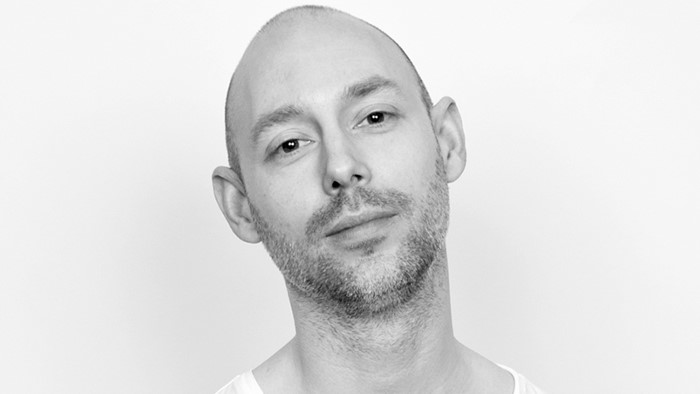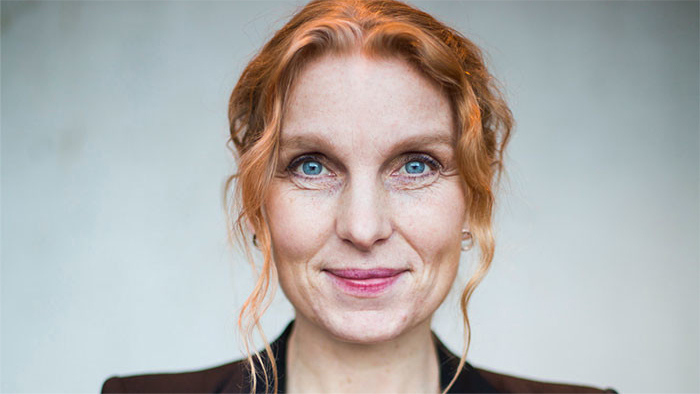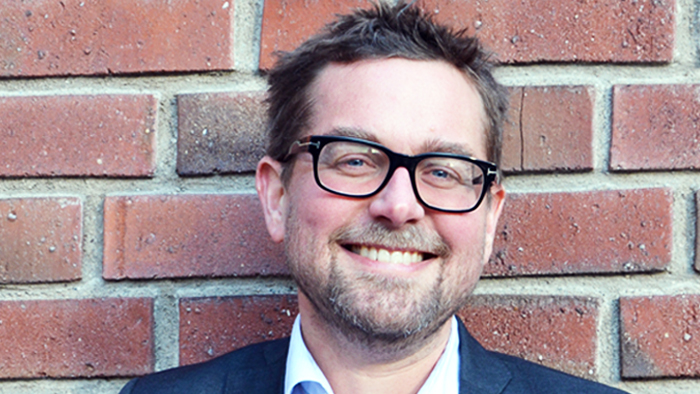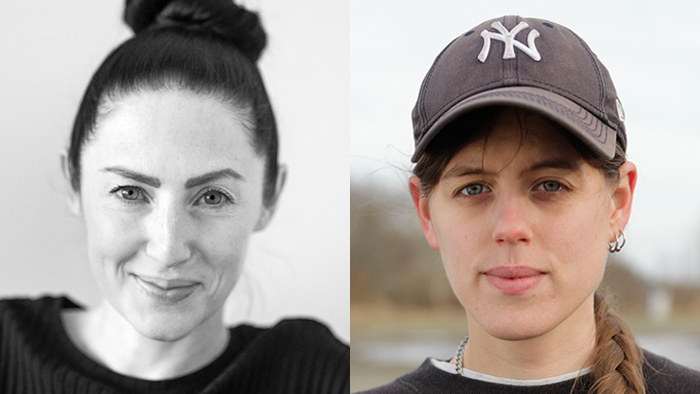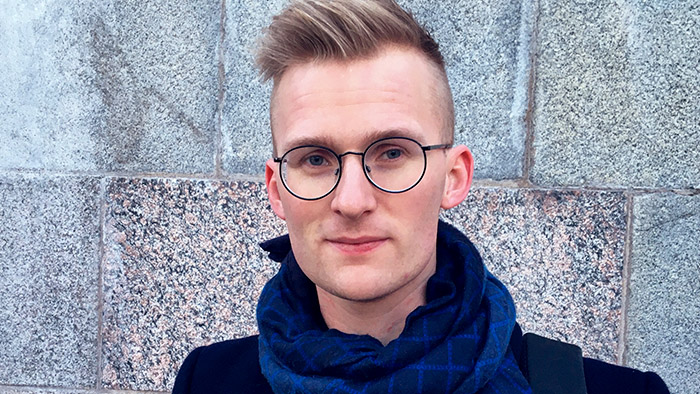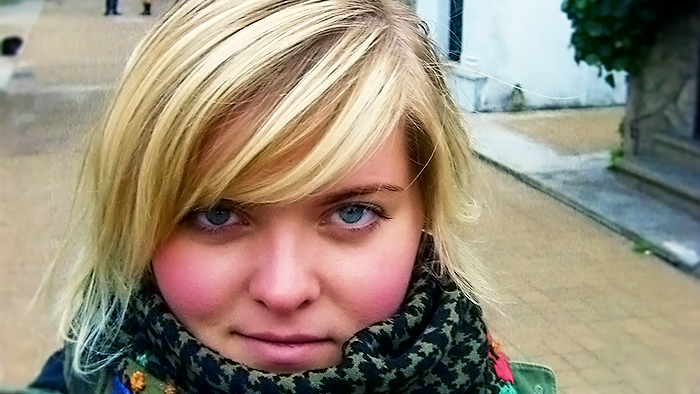You are viewing the public part of the archive. Login or request access to view more content.
Displaying 1-7 of 7 results
Revisiting the Russian HIV epidemic - 2001-2020
Nicklas Dennermalm worked with the Face of AIDS Archive back in 2001-2002, documenting the HIV epidemic in Russia. The result was a short film called Outreach, in which he highlighted the different approaches to the problem. He now works with RFSL Stockholm (The Swedish Federation for LGBTQ People’s Rights) with HIV prevention, and is affiliated with Karolinska Institutet, department of Public Health Sciences.
Living with HIV in Sweden
Living with HIV in Sweden is the first extensive study in Sweden where quality of life has been studied among people living with HIV. In total, 1096 individuals responded to an anonymous survey that included different aspects of self-rated quality of life. The survey was available in 10 different languages. The study was performed at 15 healthcare units for infectious diseases in Sweden – that account for 75% of the HIV care in the country – and at two needle and syringe exchange clinics in Stockholm.
Activists from around the world
AIDS activism is almost as old as the epidemic itself. From the beginning of the AIDS crisis, activists fought to bring about medical research, treatment and legislation. Aids activism tends to be immediately associated with ACT UP (AIDS Coalition to Unleash Power), the influential direct action movement which started in the US. Most well-known is ACT UP New York. Its AIDS Activist Video movement has been widely documented, for instance in Jim Hubbard’s documentary United in Anger (USA 2012), and its archive is accessible at the New York Public Library...
AIDS – Metaphor and Reality
“AIDS – Metaphor and Reality” in October 1986 was one of the first international conferences on HIV and AIDS in Europe. Staffan Hildebrand and his team documented the conference and made short interviews with some of the keynote speakers and participants. The film AIDS – föreställningar om en verklighet <em>("AIDS – Metaphor and Reality") <em>presents some of the leading voices in the international AIDS discourse and politics at the time. But the film is also a unique documentation of four young individuals and their experiences of how to live with HIV in Sweden in the mid 1980s....
HIV and AIDS in the Movies
Since 1981 and the first cases of what was later to be called HIV and AIDS, moving images and film – like always, mostly American – have played a big part in how society has come to understand and be informed about the epidemic. According to many surveys over the years, more so than from sources like friends, doctors, school or newspapers. And, like the majority of films in film history, the stories have mostly been made by men, about men. In the 1980s, typical media representations of AIDS in the US were also under the influence of the political clout of the religious right and their conservative ideas about sex and LGBT issues. The early story of AIDS was all about "family values", homophobia, stereotyping and fear of the other.
How Feminists Responded to the AIDS crisis
The history of HIV and AIDS is not only about medical concerns, but of social exclusions and political struggles as well. From the outbreak of the epidemic, inequality and patterns of discrimination affected both the spread of the disease and various responses to it. As the epidemic almost immediately became associated with some of the most marginalized groups in the society, homophobia, racism, and disdain for people who use drugs provoked many of the early responses. But perhaps lesser known, gender subordination and sexism also played an essential role in fueling the epidemic.
Gender inequality increases women's vulnerability to HIV
"One night, I was coming back home at 3 am, drunk, and I decided to have a short cut, but in that corner, suddenly from nowhere, two men appear, one in the front and one behind me. By that time, I didn’t know I was at risk of HIV, but I knew that the rape situation changed me forever. Now that I have studied the issue, the connections between violence against women and HIV, I can tell you that is so evident, that we cannot avoid working with that. You really have to link those two issues.”

